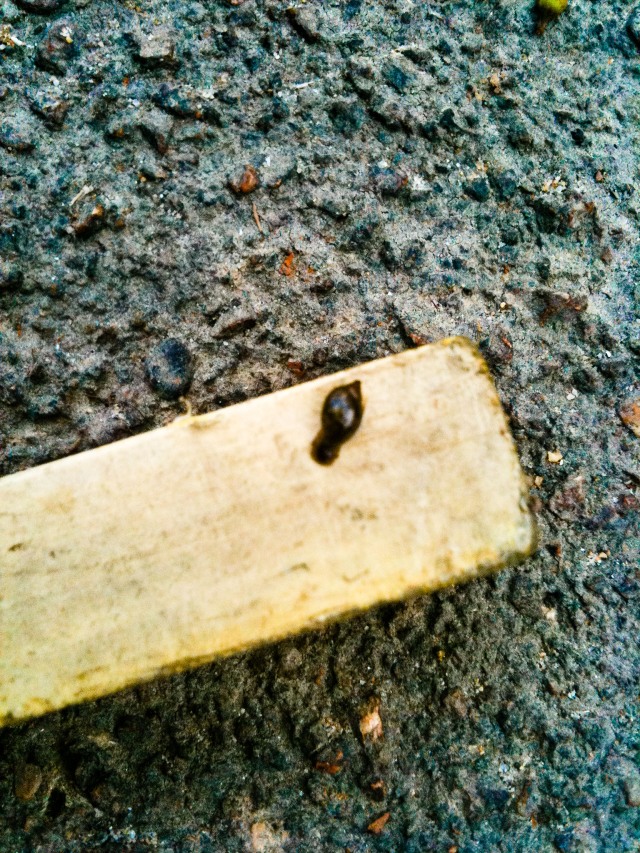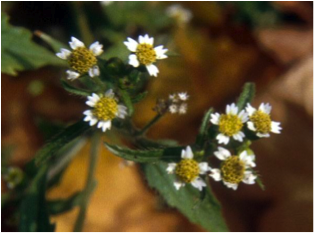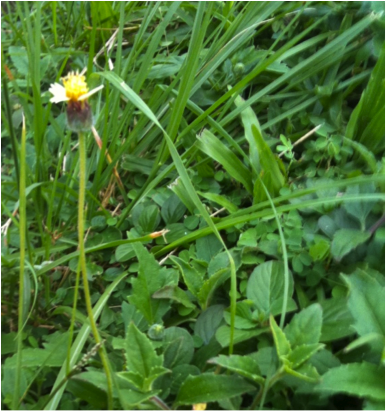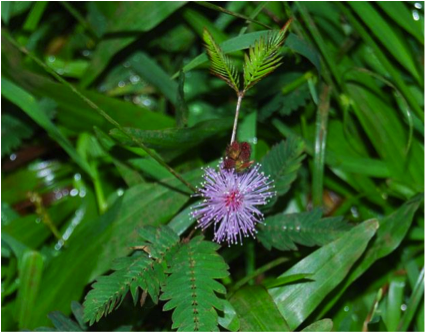The pipits are a cosmopolitan genus, Anthus, of small passerine birds with medium to long tails. Along with the wagtails and longclaws, the pipits make up the family Motacillidae. The genus is widespread, occurring across most of the world, except the driest deserts, rainforests and the mainland of Antarctica.
They are slender, often drab, ground-feeding insectivores of open country. Like their relatives in the family, the pipits are monogamous and territorial. Pipits are ground nesters, laying up to six speckled eggs.
 Taxonomy and evolution
Taxonomy and evolution
The genus has more than forty species, making it the largest genus in terms of numbers in its family. The exact species limits of the genus are still a matter of some debate, with some checklists recognising only 34 species. For example, the Australasian Pipit, Anthus novaeseelandiae, which is currently treated as nine subspecies found in New Zealand, Australia and New Guinea, once also included the Richard’s Pipit and Paddyfield Pipit of Asia, and the African Pipit of Africa. In addition it has been suggested that the Australian and New Zealand populations be split, or even that New Zealand’s subspecies found on its outlying Subantarctic Islands be split from the mainland species. In part the taxonomic difficulties arise due to the extreme similarities in appearance across the genus. Two species have been identified comparatively recently in South Africa, the Long-tailed Pipit in 1996 and the Kimberley Pipit in 2002.
Morphology
The plumage colour of the Long-billed Pipit is typical of the genus, although this subspecies lacks the extensive streaking many other pipits, including other subspecies, have on the breast
The pipits are generally highly conservative in appearance. They are generally between 16–21 cm (6.3–8.3 in) in length, although the smallest species, the Short-tailed Pipit, is only 11.5–12.5 cm (4.5–4.9 in). In weight they range from 15–38 g (0.53–1.3 oz). Like all members of the family they are slender, short necked birds with long tails, long slender legs with elongated (in some cases very elongated) hind claws. The length of the hindclaw varies with the habits of the species, more arboreal species have shorter, more curved hindclaws than the more terrestrial species. The bills are generally long, slender and pointed. In both size and plumage there is little differences between the sexes. One unusual feature of the pipits, which they share in common with the rest of their family but not the rest of the passerines, is that the tertials on the wing entirely cover the primary flight feathers. This is thought to be a feature to protect the primaries, which are important to flight, from the sun, which causes the feathers to fade and become brittle if not protected.
Behaviour
The pipits are active terrestrial birds that usually spend most of their time on the ground. They will fly in order to display during breeding, while migrating and dispersing, and also when flushed by danger. A few species make use of trees, perching in them and flying to them when disturbed. Low shrubs, rocks and termite nests may also be used as vantage points. Like their relatives the wagtails, pipits engage in tail-wagging. The way in which a pipit does this can provide clues to its identity in otherwise similar looking species. Upland Pipits, for example, flick their tails quite quickly, as opposed to Olive-backed Pipits which wag their tails more gently.In general pipits move their tails quite slowly. The Buff-bellied Pipit wags its tail both up and down and from side to side. The exact function of tail-wagging is unclear;[1] in the related wagtails it is thought to be a signal to predators of vigilance.
Diet and feeding
The diet of the pipits is dominated by small invertebrates. Insects are the most important prey items; among the types taken include flies and their larvae, beetles, grasshoppers and crickets, true bugs, mantids, ants, aphids and particularly the larvae and adults of moths and butterflies. Outside of insects other invertebrates taken include spiders and, rarely, worms and scorpions. They are generally catholic in their diet, the composition of their diet apparently reflecting the abundance of their prey in the location (and varying with the season). The diet consumed by adults may vary to that of the young birds; for example adult Tree Pipits take large numbers of beetles but do not feed many to their chicks. Species feeding on the seashore are reported to feed on marine crustaceans and molluscs. A few species have been reported to feed on small fish, beating them in the manner of a kingfisher having caught them. A few species also are reported as consuming berries and seeds.
 The Mollusca, common name molluscs or mollusks, is a large phylum of invertebrate animals. There are around 85,000 recognized extant species of molluscs. This is the second largest marine phylum, comprising about 17% of all the named marine organisms, behind 19% for the Crustacea. Numerous molluscs also live in freshwater and terrestrial habitats. Molluscs are highly diverse, not only in size and in anatomical structure, but also in behaviour and in habitat.
The Mollusca, common name molluscs or mollusks, is a large phylum of invertebrate animals. There are around 85,000 recognized extant species of molluscs. This is the second largest marine phylum, comprising about 17% of all the named marine organisms, behind 19% for the Crustacea. Numerous molluscs also live in freshwater and terrestrial habitats. Molluscs are highly diverse, not only in size and in anatomical structure, but also in behaviour and in habitat.














